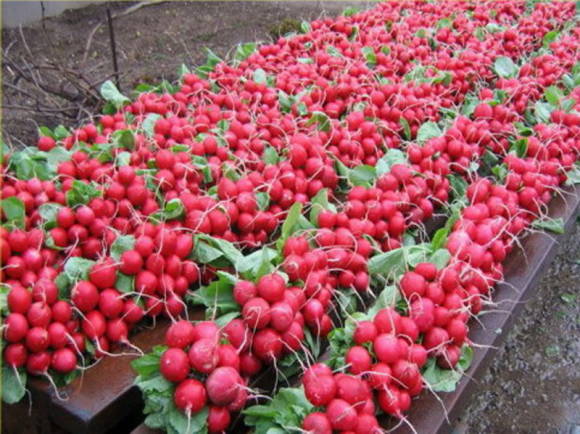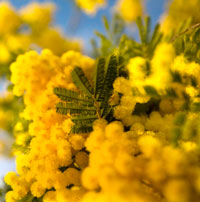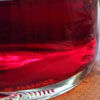In Europe, peat baths, which have a healing effect, are now widespread. In many well-known SPA-clinics, peat baths are used to treat rheumatism and arthritis. Research on the medicinal properties of peat is now receiving great attention. Peat is already known as a medicine. A number of medicinal preparations are made from it. For example, "peat" is a medicine that is indispensable in the treatment of heart disease, kidney disease, eczema, and retinal detachment. It is used as a means of regulating metabolic processes in the human body. |  |
 | The fluffy threads included in peat can be used in the manufacture of fabrics. In Finland, for example, there are already clothes and fabrics made with peat. At the end of the last century, durable peat fabrics - carpets, rugs, blankets - were demonstrated at an exhibition in Antwerp, Holland. |
Peat can be used as an absorbent material in the elimination of various types of environmental accidents. A mixture of peat and activated carbon is used to purify the air. Processed peat is used to absorb oil from the ocean or coastal surface, to purify wastewater from a number of dyes, phenol, nitrates, phosphates, heavy metal ions, fats, proteins.
Eskimos build their dwellings from two layers: inner - peat and outer snow, very warm houses are obtained!
The top layer of sphagnum peat can be used in the pulp and paper industry: for the manufacture of hard grades of paper, cardboard.
During the chemical processing of sod peat under the influence of high temperatures, up to 98% of carbon is released - a carbon metal reducing agent is obtained - coke, which is widely used in metallurgy.
Peat filters are used in aquariums! Many tropical waters are more or less acidic. We are talking about humic acids, which are released by wood and foliage. The water for the aquarium is passed through the peat so that it absorbs the substances it contains. Many species of ornamental fish come from especially pure and "acidic" waters. With the use of peat, conditions can be created for them that are close to natural.
 | The first mention of Whiskey dates back to 1494, and it became widespread in 1700. From that time to the present day, peat has been used in the preparation of Scotch Whiskey. According to the classical technology, the barley is first soaked in water for a couple of days, and then sprinkled in a thin layer on the floor of the malt for germination. At the same time, starches are converted into sugars, which subsequently serve as food for alcohol-forming fungi - yeast. After 5-7 days, the malt was obtained. At this moment, the growth of barley must be stopped, and for this it is dried in a kiln - a special room with a perforated floor, under which a fire is made. The fuel used for Scotland is typically peat. Peat burns very poorly, emitting smoke with a very characteristic odor. The smoke, having passed through the grain, leaves the room through a hole in the roof. Peat gives the whiskey its incomparable smell and taste. Malt whiskey, just like cognac or Armagnac, has the ability, almost unique among hard alcoholic beverages, to acquire a specific taste depending on the place of production. |







